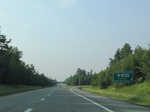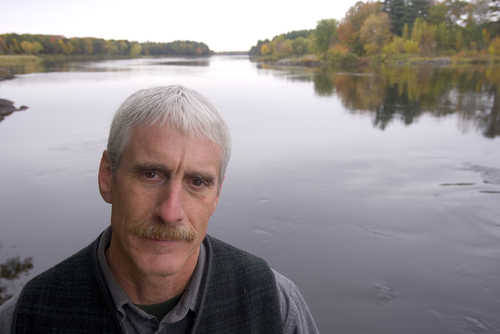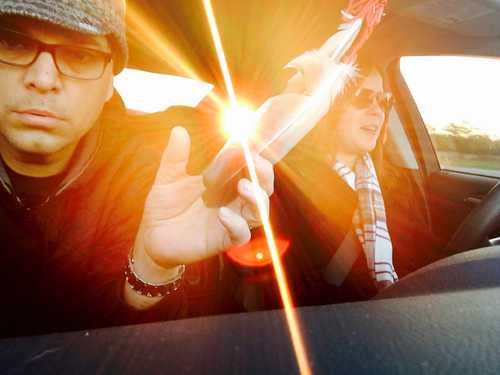Keywords: Penobscot Indian Nation
Item 80731
Band box basket, Penobscot, ca. 1850
Contributed by: Abbe Museum Date: circa 1850 Media: Ash splints, indigo dye
Item 23481
Penobscot rootclub by Russell Joe, Indian Island, ca. 1930
Contributed by: Hudson Museum, Univ. of Maine Date: circa 1930 Location: Indian Island Media: Wood
Exhibit
Northern Threads: Penobscot mocassins
A themed exhibit vignette within "Northern Threads, Part I," about telling stories through Indigenous clothing, featuring an essay by Jennifer Sapiel Neptune (Penobscot.)
Exhibit
Land Claims, Economic Opportunities?
The landmark 1980 Maine Indian Land Claims Settlement Act provided $81.6 million to Maine Indians for economic development, land purchase and other purposes. The money and increased land holdings, however, have not solved economic and employment issues for Maine Indians.
Site Page
Life on a Tidal River - Narrative
"The beauty of the Penobscot and Kenduskeag Rivers, as first described by Champlain, is again seen as a vital part of the history, heritage, and…"
Site Page
Lincoln, Maine - That Pioneer Spirit
"… paddle up the Penobscot River, walk the ancient Indian footpaths while fording the streams, or trek beside ox-drawn wagons over river ice."
Story
Restoring the Penobscot River
by John Banks
My role as the Director of the Department of Natural Resources for the Penobscot Indian Nation
Story
Decontie and Brown's venture in high fashion design
by Decontie and Brown
Penobscot haute couture designs from Bangor
Lesson Plan
Nation to Nation: Treaties and Legislation between the Wabanaki Nations and the State of Maine
Grade Level: 9-12
Content Area: Social Studies
This lesson plan asks high school students to think critically about and look closely at documentation regarding the Nation-to-Nation relationship between the Wabanaki Tribes/Nations and the State of Maine. This lesson asks students to participate in discussions about morality and legislative actions over time. Students will gain experience examining and responding to primary and secondary sources by taking a close look at documents relating to the Maine Indian Claims Settlement Act of 1980 (MICSA) and the issues that preceded and have followed the Act.
Lesson Plan
Grade Level: 3-5, 6-8, 9-12
Content Area: Science & Engineering, Social Studies
This lesson plan will give middle and high school students a broad overview of the ash tree population in North America, the Emerald Ash Borer (EAB) threatening it, and the importance of the ash tree to the Wabanaki people in Maine. Students will look at Wabanaki oral histories as well as the geological/glacial beginnings of the region we now know as Maine for a general understanding of how the ash tree came to be a significant part of Wabanaki cultural history and environmental history in Maine. Students will compare national measures to combat the EAB to the Wabanaki-led Ash Task Force’s approaches in Maine, will discuss the benefits and challenges of biological control of invasive species, the concept of climigration, the concepts of Traditional Ecological Knowledge (TEK) and Indigenous Knowledge (IK) and how research scientists arrive at best practices for aiding the environment.















